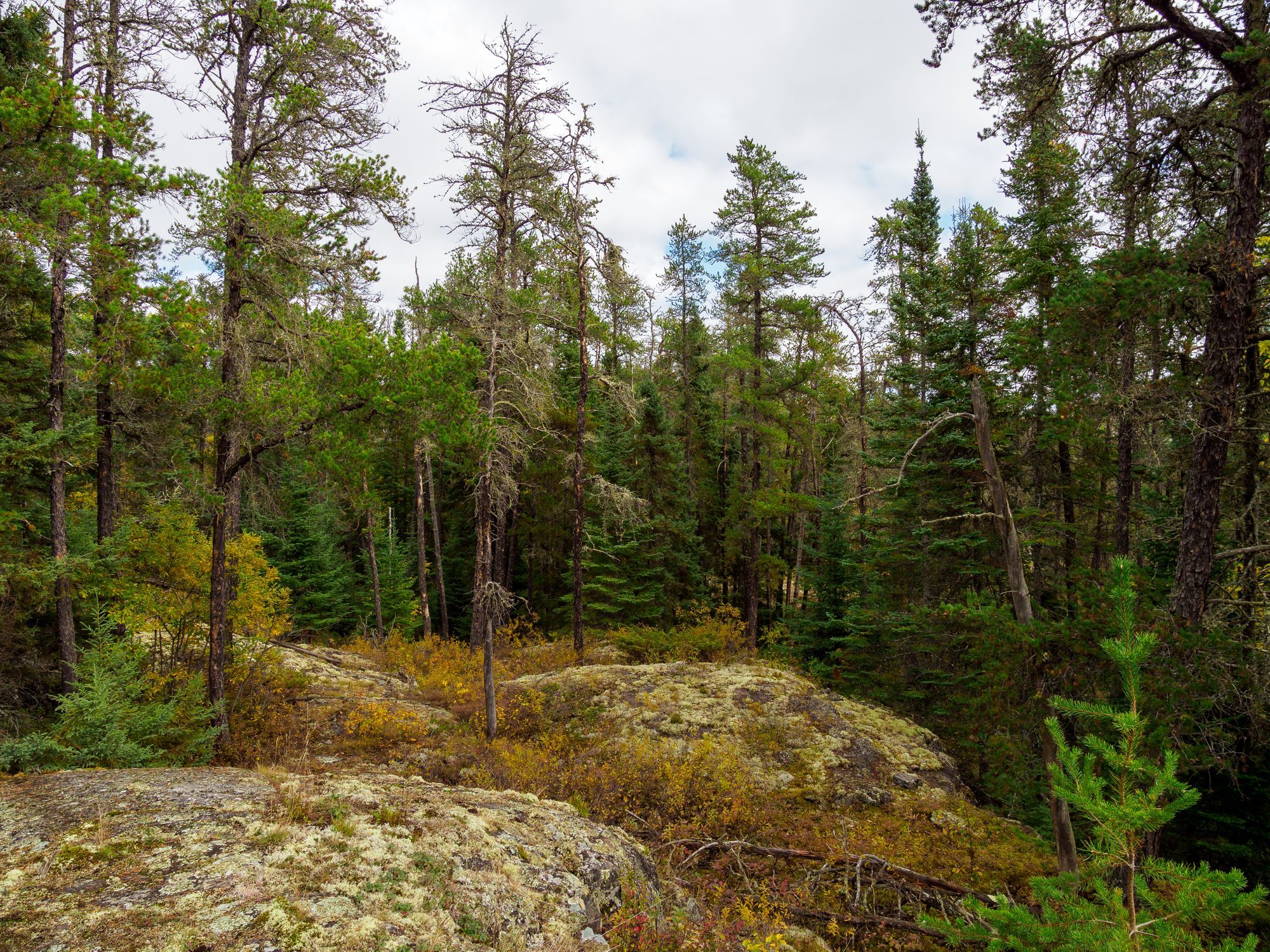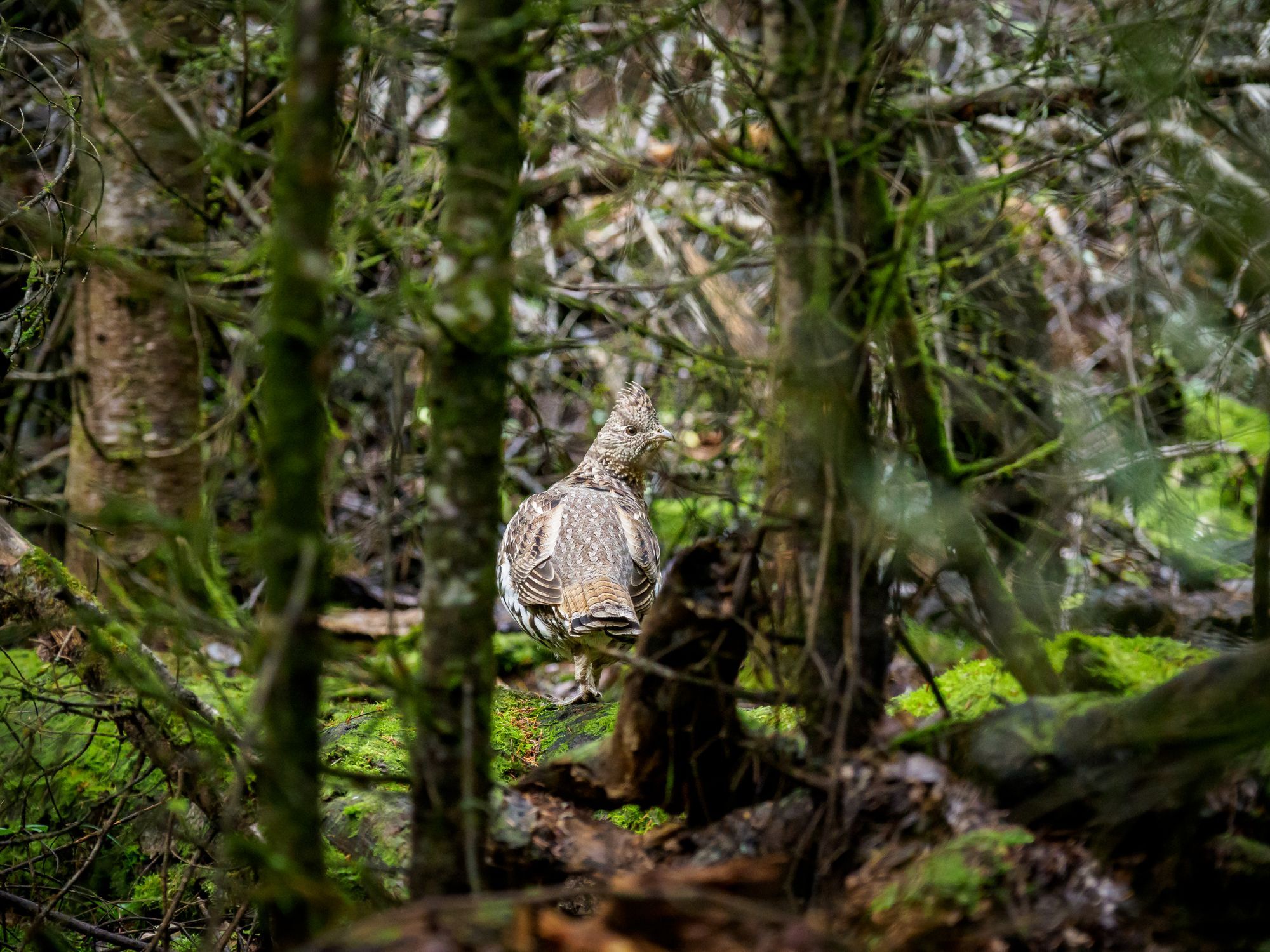Olympus 12-100mm ƒ/4 PRO
The lens I should love but don’t
If I’m being honest, part of me hoped that something about the Olympus 12-100mm ƒ/4 PRO lens would be bad so I could point to it and say, “a-ha! This is why you and I don’t get along!”

The pitch is compelling: what if you could carry just one lens with you that covers a huge focal range, appropriate for virtually any normal shooting tasks, features Dual Image Stabilization1, and makes almost no compromises on image quality? Sure, it’s not the lightest lens you could choose, but if it means you only need one lens instead of two or three lighter ones, you’re still likely to end up with a lighter overall kit.
I’ve known for years now that I find standard zooms difficult to use. The typical 24-70mm zoom that exists in one form or another on every system is a lens that I simply do not get along with. Even in the case of all-stars like the Canon 24-70mm ƒ/2.8 Mark II, I struggle to find inspiration.

The Olympus 12-100mm ƒ/4 PRO is an enhanced, modernized take on this type of lens, featuring a greatly expanded focal range (equivalent to 24-200mm in full-frame field of view terms), robust weather sealing, a manual focus clutch mechanism, customizable function button, and all the other niceties we’ve come to expect from Olympus’ PRO-grade glass.
For some photographers, the 12-100mm even replaced their 12-40mm ƒ/2.8 PRO and 40-150mm ƒ/2.8 PRO lenses. Having spent several weeks shooting the lens, I can confidently say that I won’t be trading those lenses in, but I’ve also come to appreciate the 12-100mm more than I did at first.

Like usual with these sorts of general zooms, I used the 12-100mm as though it was a pair of primes: I was either shooting all the way at the wide end, or all the way at the telephoto end.
At the wide end, it’s very similar to my 12-40mm ƒ/2.8 PRO: sharp, contrasty, and optically stable across the frame. I haven’t done any controlled tests, but it’s my subjective impression that the 12-40mm is still sharper. That being said, I tend to have more detail than I know what to do with in images coming off my E-M1 Mark II, so the discrepancy isn’t especially important in real-world usage.

Also similar to the 12-40mm is the 12-100mm’s ability to focus quite close to a subject. It’s not in true macro territory, but it gets you close enough that you can easily capture the small details of a scene.

On the long end, 100mm gives me a decent degree of reach, but it seems like I’m always craving just a bit more. For portraits, the extra compression and separation potential over the 12-40mm is great, but for things like nature/wildlife shooting I find that I’d much rather have the extra light-gathering of the ƒ/2.8 lens—subjects don’t tend to sit still, so Dual IS doesn’t compensate.

Comparatively, the 40-150mm ƒ/2.8 offers more reach, more sharpness, shallower depth of field potential, and more light-gathering—admittedly, it’s also a larger lens. For someone like me who loves shooting wildlife though, there’s no contest here: I’d take the 40-150mm any day. Especially since I can use Olympus’ 1.4x teleconverter with the 40-150mm to extend my reach even further to 210mm (a 420mm equivalent field of view in full-frame terms).
In physical terms, I can’t say that the lens’ size or weight bothered me. It’s heavier than the 12-40mm, noticeably so, but it doesn’t come off as bulky, at least paired with my E-M1 Mark II. I carry the gripped E-M1 Mark II around with the 40-150mm ƒ/2.8 on day-long hikes and find it perfectly comfortable.

Unlike the 12-40mm, I wouldn’t use this lens on my PEN-F though, and I suspect this is where the design might be problematic for some.
If you’re using one of the smaller Micro Four-Thirds bodies from Olympus or Panasonic, this lens is very likely to feel front-heavy. Then again, I know folks who happily shoot bodies like the Panasonic GX8 with lenses like the Panasonic 100-400mm, so it really does come down to personal preference.

I did my best to put the lens through its paces across a few different scenarios, including the all-important travel use case that it seems tailor-made for. In the end, I still don’t love it, but that has more to do with me than with the lens.
If your goal is to replace some cheaper kit zooms with an optically superior alternative that covers a huge focal range, this is the lens to get. It’s nearly unique in the industry in just how versatile it is and how few compromises were made to achieve that versatility. It’s built well, it focuses quickly, it performs well even wide open at both ends of its focal range, and it covers more than your average mid-range zoom.

I won’t be replacing my 12-40mm and 40-150mm ƒ/2.8 zooms with it, but for someone who doesn’t already own those lenses I’ll be recommending they try this lens first.
For a lot of photographers, I think the 12-100mm ƒ/4 can comfortably be the one and only lens they own.
It works in concert with the IBIS in compatible camera bodies to provide up to 6.5 stops of compensation—no, that’s not a typo↩︎